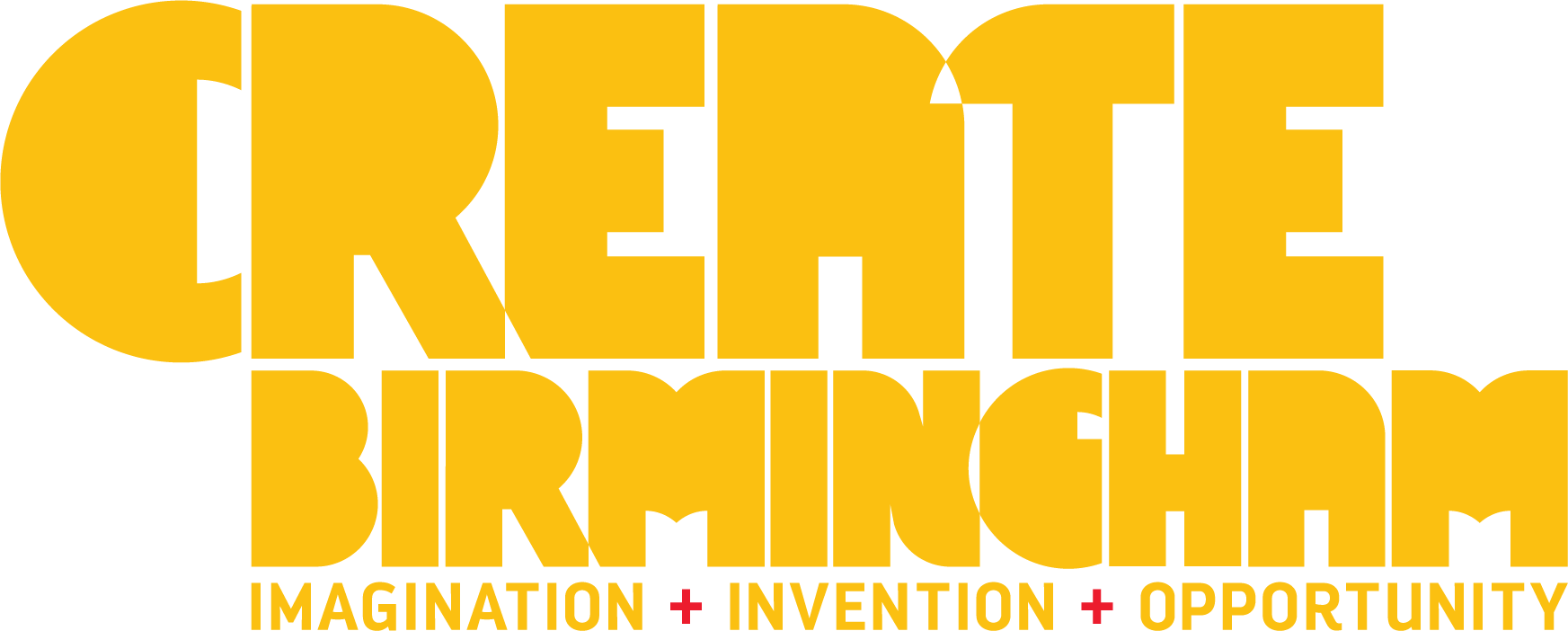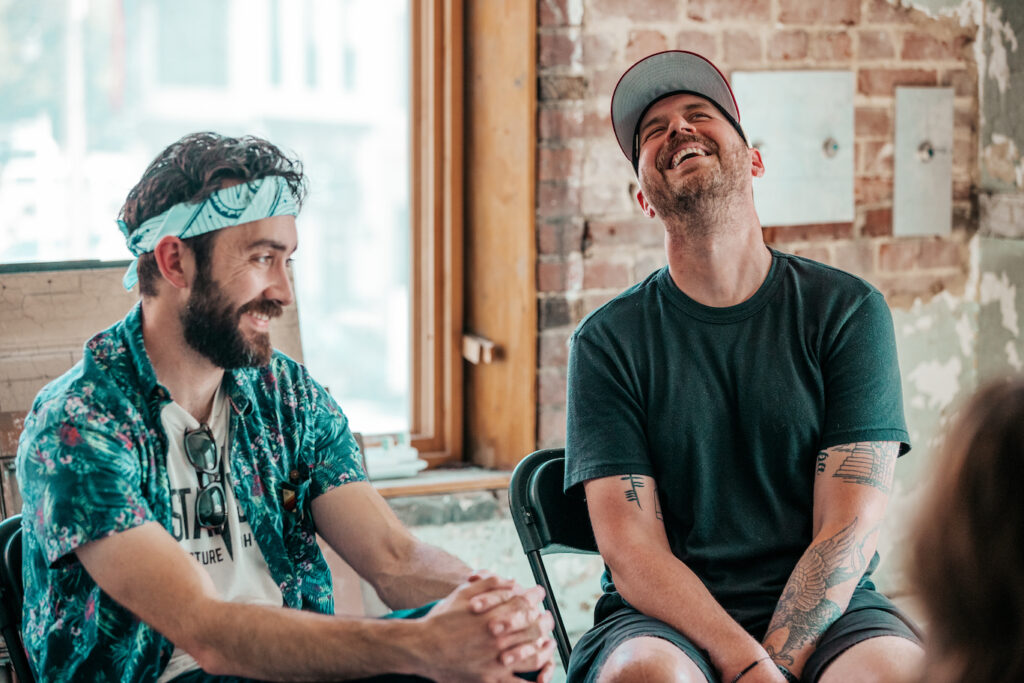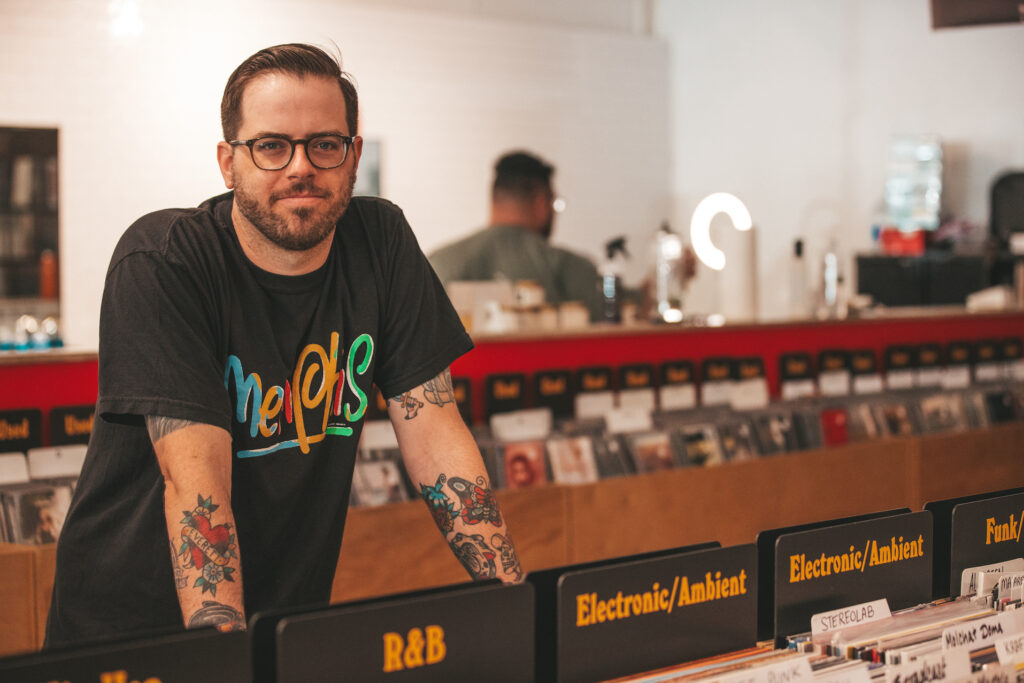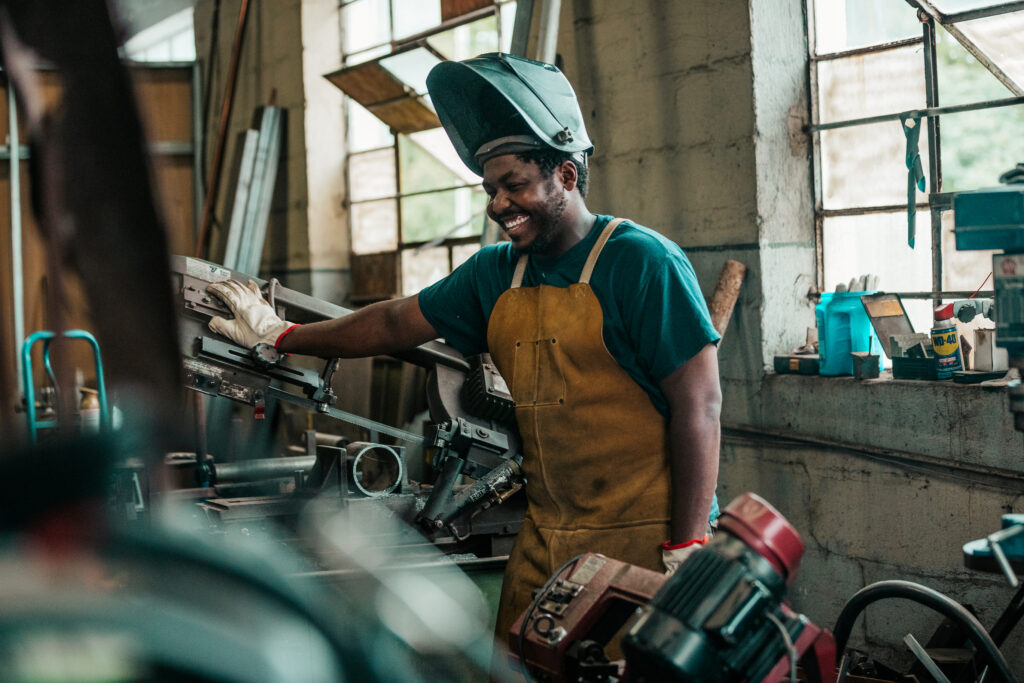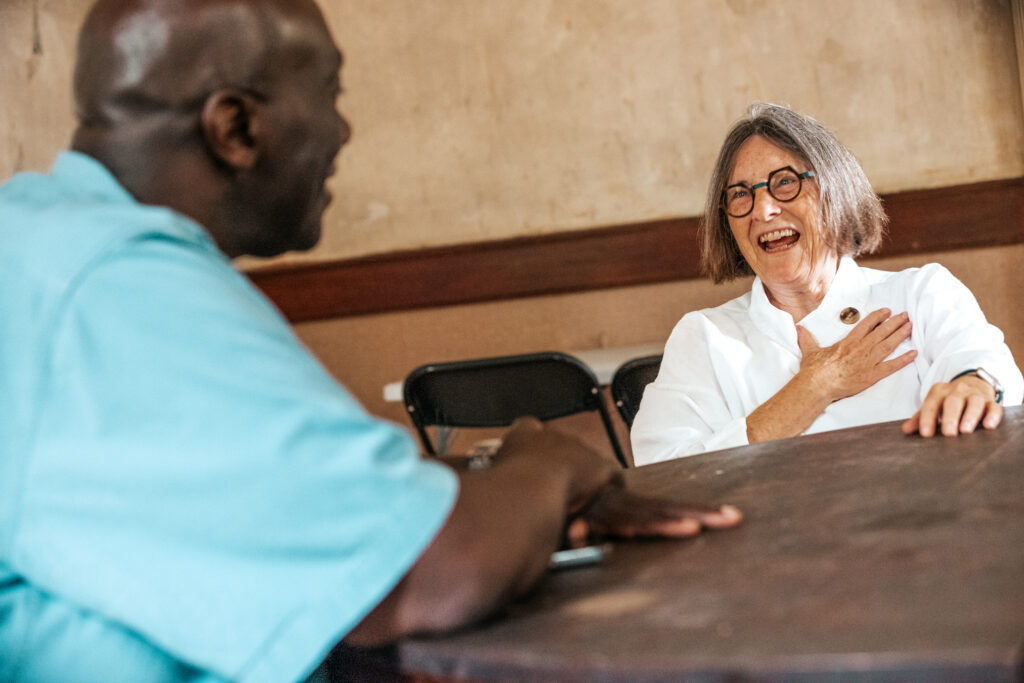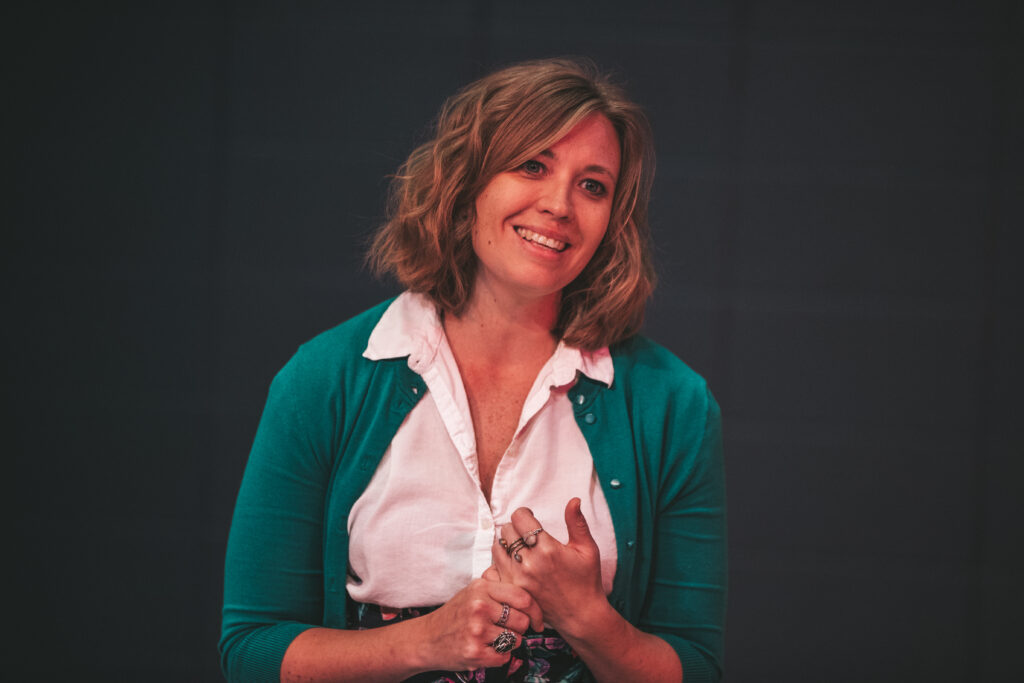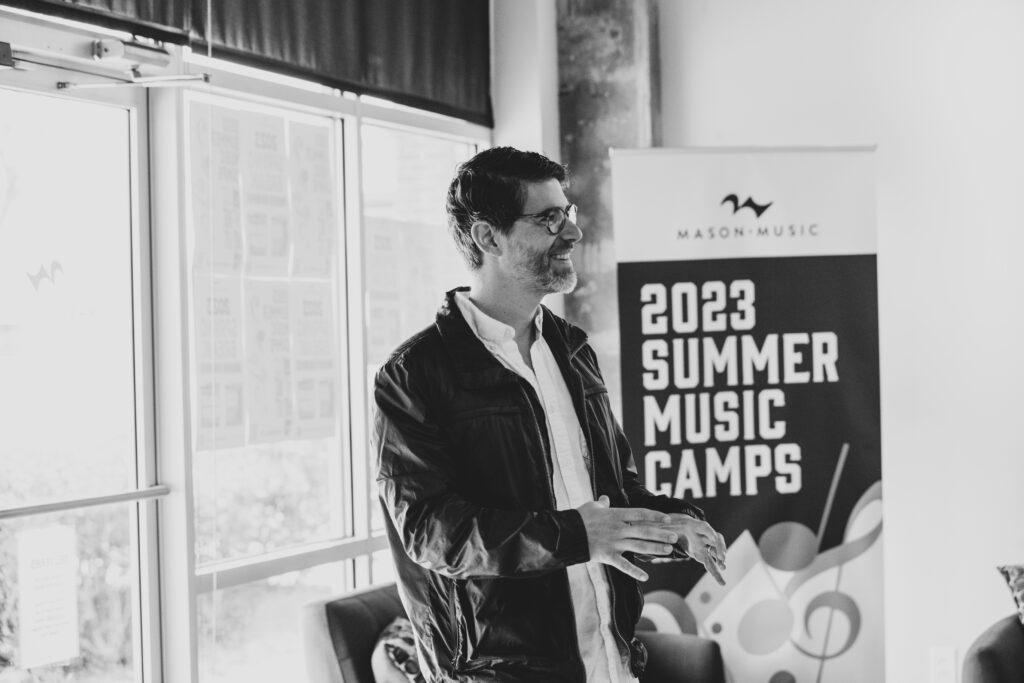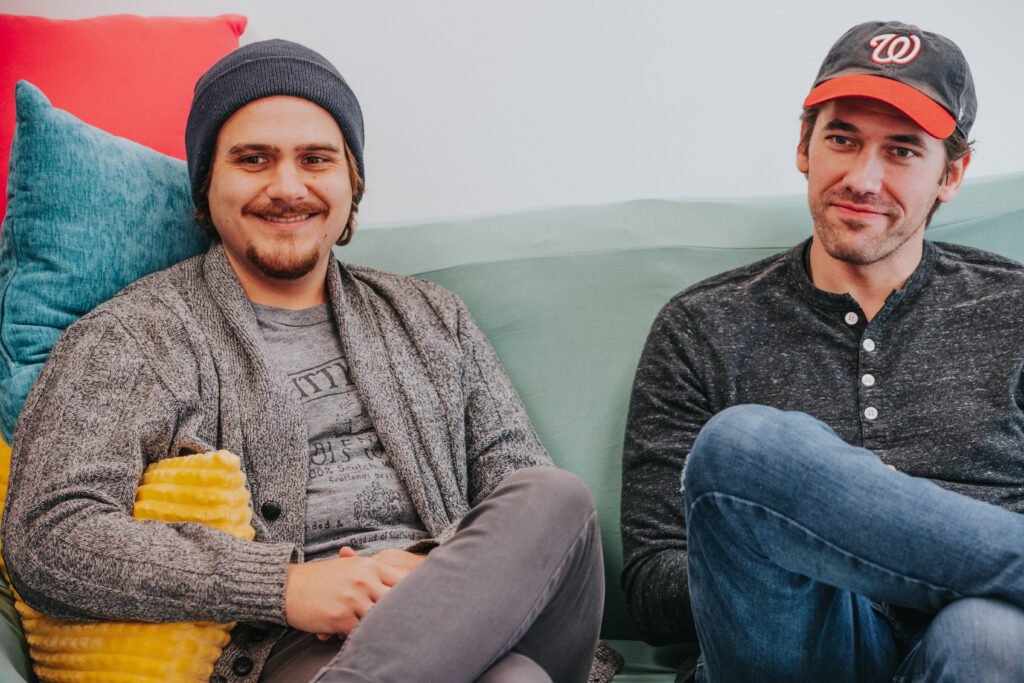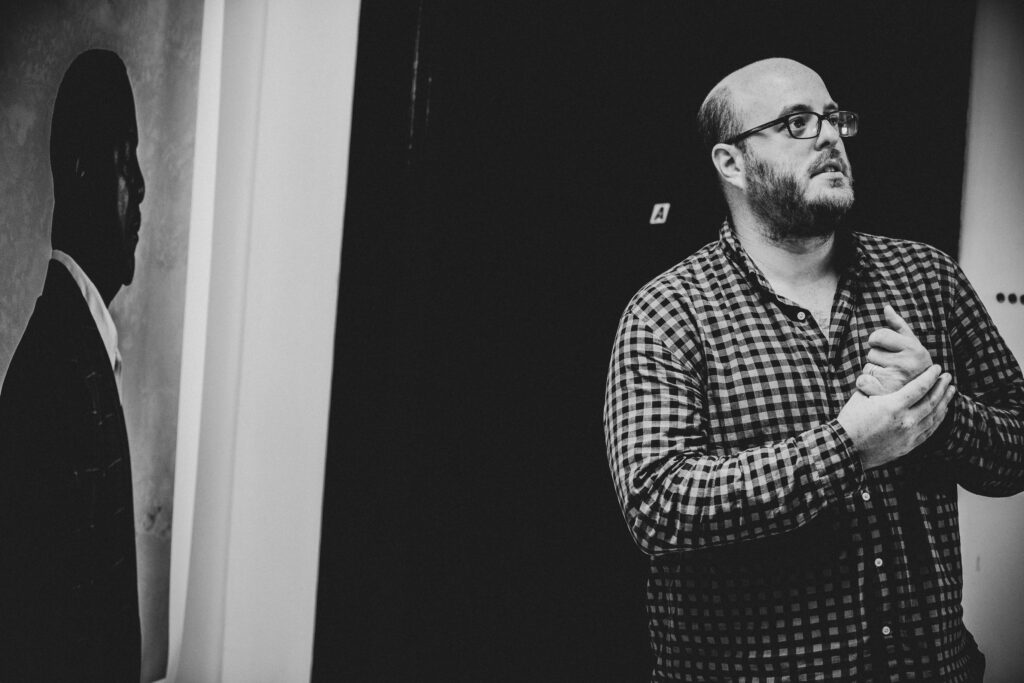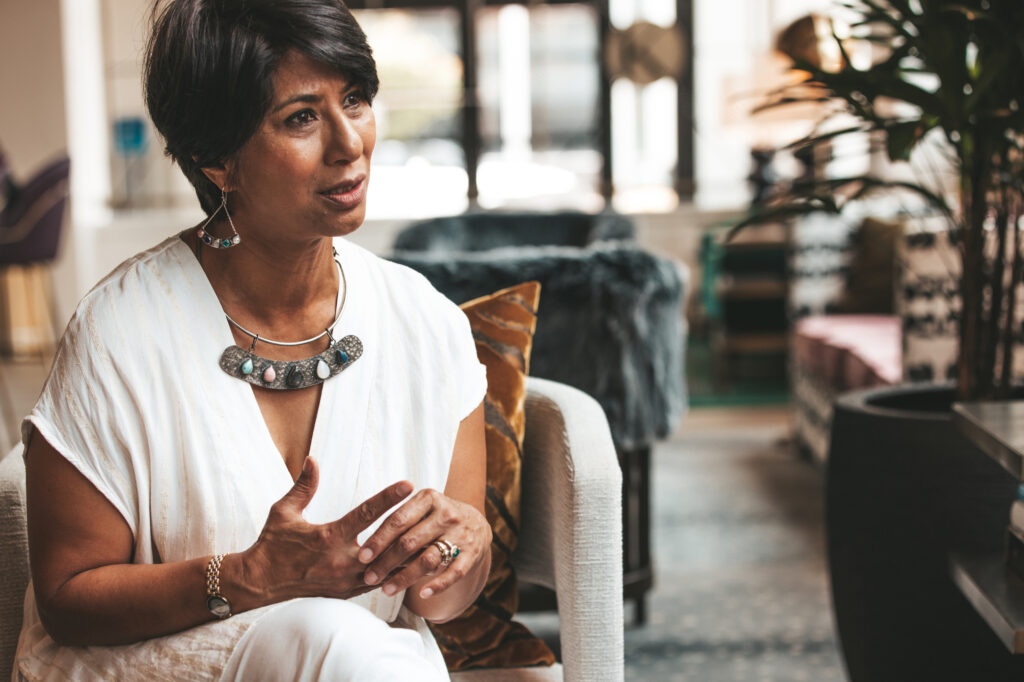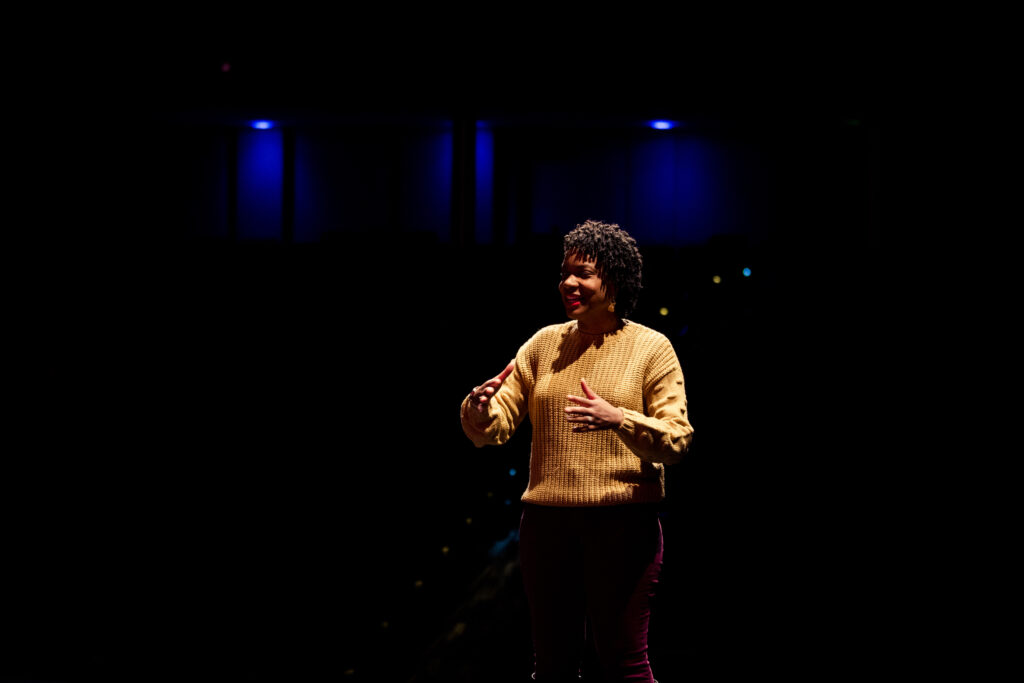Interview by Tonia Trotter
Photos by Ambre Amari
Bettina Byrd-Giles is typically reluctant to step into the spotlight. The CEO of The Bethesda Life Center, co-founder of Ensley Alive, recipient of The Robert Wood Johnson Foundation Culture of Health Prize, and mother has been content to be a driving force of change within her community behind the scenes. Her passion project, Branding Ensley, however, is a venture she hopes will contribute to a renaissance in the historic jazz and entertainment neighborhood, and that passion is evident as Bettina speaks about her vision for the community.
Bettina, although you aren’t from Ensley, you are incredibly involved in the community through your work at The Bethesda Life Center and Ensley Alive. How did Ensley Alive begin, and how does it intersect with Bethesda’s mission?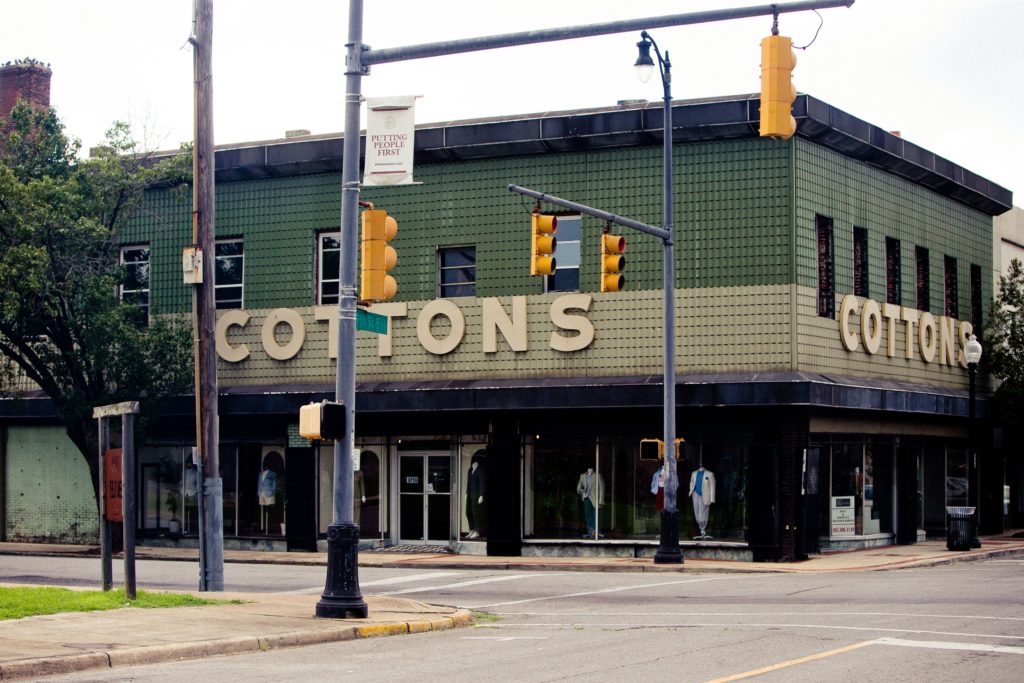
I began working at The Bethesda Life Center, a clinic that serves the public regardless of their ability to pay and is concerned about the community at large, not just the people who come in our doors. At one point, we were really focused on prevention programs, which led to a connection with Kuumba Community Arts director Deidre Clark, an Ensley native.
Deidre is a photographer who had started an arts class for local youth at the Ensley recreation center and asked how we could collaborate on a health-related project. So Ensley Alive started with a photo-voice project called 100 Lenses Ensley. That attracted more creative types who were existing within the community but not necessarily highlighted collectively as talent from Ensley.
Ensley Alive is an effort that includes mostly people who grew up in this community and a few of us who are focused on supporting the creative talent and shifting the narrative to highlight the positive aspects of the community.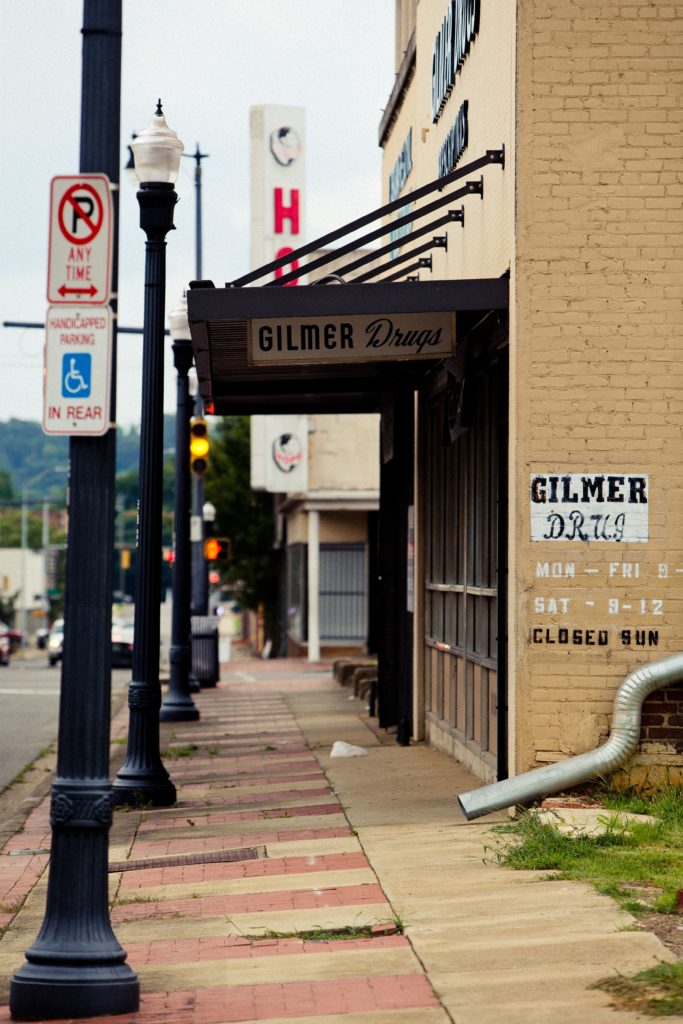
Branding Ensley sprang from your work with the Robert Wood Johnson Foundation. How do the arts connect to a health initiative, what do you hope to accomplish, and how can people show support?
The Robert Wood Johnson Foundation is committed to raising the bar for health in America by placing well-being at the center of every aspect of life. That means different things to different people across the country. Since I was working in Ensley, I thought it would be a great idea to join forces with Ensley Alive and come up with an initiative that highlighted the jazz heritage of Ensley.
Our goals are for people unfamiliar with Ensley to visit us, for the retailers who have invested their time and resources into the community to be patronized, and for visitors and residents to learn about the kind of people this community has created and the effect of Ensley’s jazz heritage from World War II to today. In the nine years I’ve been working here, I have been immersed in the jazz heritage of Ensley. Jazz is an important part of Ensley’s history, but it is still integral to the community’s present culture.
Shirts honoring Alabama Jazz Hall of Famers from Ensley and West Birmingham will be available at the 19th Street Ensley retailers Gilmer Drugstore and Cotton’s. The designs for the shirts were imagined by students at Holy Family Christo Rey, mentored by Al “Thed Weller” Elliot, the Real Life Poets organization, Marika Johnson of MNJ Studios, and the ADs Poet-Tree, led by Arnold Williams. Proceeds from the sales of these shirts will be reinvested in the community and help fund workforce development and public art.
What has inspired your work, and what changes do you hope to create in Ensley?
After I graduated from the University of Virginia, I was persuaded by both of my grandfathers to move back to Birmingham. They argued that I had the opportunity and responsibility to use my education and experience to be impactful in my hometown. I’m not an Ensley native and I am still learning new things about the community everyday, but I feel I can use my voice to speak for what I have seen in this community. Ensley is overlooked, but it is comprised of creative, innovative, and intelligent people.
There has been a stigma associated with Ensley that is the result of decades of gradual economic decline from desegregation and “white flight”, the redlining that decreased the value of residents’ homes, and incentives for suburban spread. There are many outside the community who aren’t aware of the conditions that lead to this type of decline, and those stigmas create barriers. I hope we will establish opportunities and a counter-narrative to that stigma and spark a renaissance in what is a close-knit, family-friendly, and vibrantly creative community.
Photo Credit: Ambre Amari
